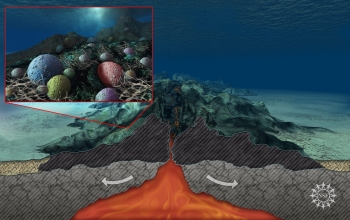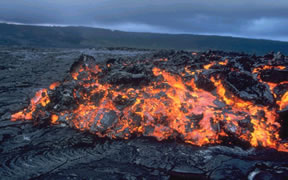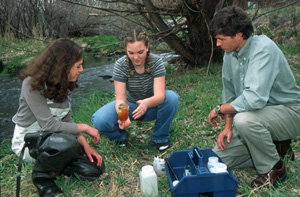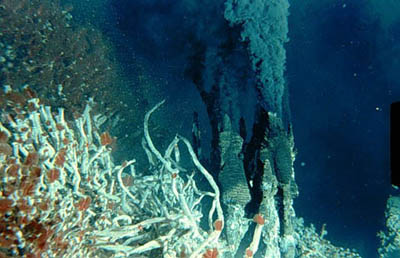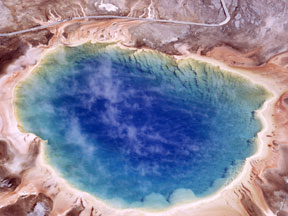Click on image for full size
Courtesy of Nicolle Rager-Fuller/National Science Foundation
Rock Eating Bacteria Found at the Bottom of the Sea
News story originally written on May 28, 2008
Has anyone ever told you that you shouldn’t eat things that you find on the floor? Well, the rules are different for bacteria. Scientists have found tons of bacteria at the bottom of the ocean. And it looks like they are “feeding” off the seafloor.
There are places on the seafloor where it looks like there is nothing but rocks. But there is. These places are the home of very tiny living things called bacteria. New research has figured out how many bacteria are living on the ocean floor. And there’s a lot.
Scientists found a lot more bacteria living on the rocks of the seafloor than in the water above. They also found that there are many different species of bacteria there.
They tested a few different places on the seafloor and found the same result – lots of bacteria. So bacteria may be living all over the seafloor.
For living things to survive and grow they need a way to get energy. The scientists wondered where in this dark cold environment the bacteria were finding the energy they needed.
From their research, they knew that the ocean crust supports more bacteria than seawater above it. The scientists made a hypothesis that the bacteria might be getting the energy they need from the rocks.
In the lab they did some math to figure out how many bacteria could survive on the rock. And the math results suggest that the bacteria are able to get their nutrition from the rocks.


